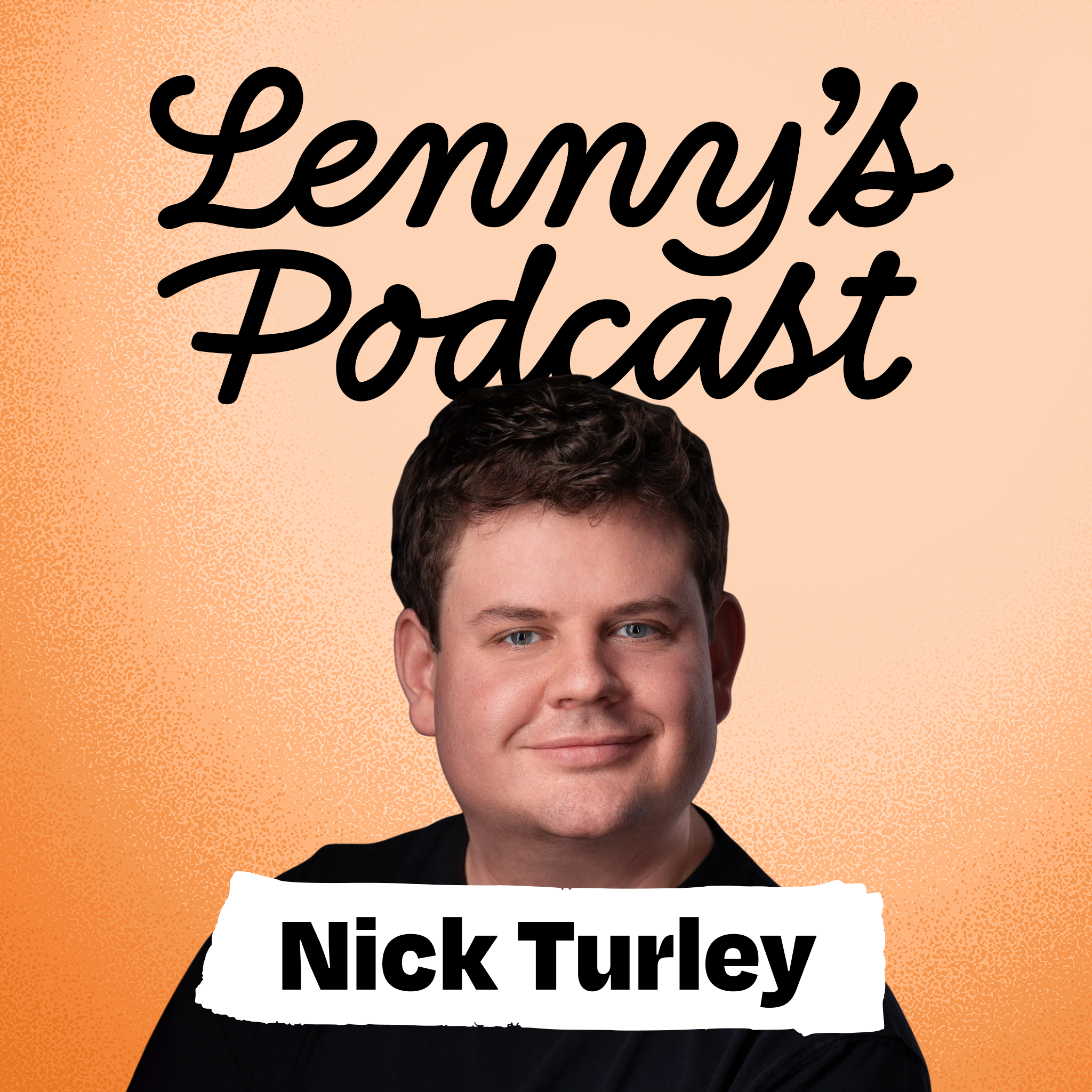
How ChatGPT accidentally became the fastest-growing product in history | Nick Turley (Head of ChatGPT at OpenAI)
🤖 AI Summary
Overview
This episode features Nick Turley, Head of ChatGPT at OpenAI, who shares the fascinating journey of how ChatGPT became the fastest-growing product in history. From its origins as a hackathon project to its evolution into a product with 700 million weekly active users, Nick discusses the principles, decisions, and philosophies that shaped its success. The conversation also delves into the launch of GPT-5, the future of AI-driven products, and the unique challenges of building at the frontier of AI.
Notable Quotes
- You won't know what to polish until after you ship.
— Nick Turley, on the importance of rapid iteration in AI development.
- ChatGPT feels a little bit like MS-DOS. We haven't built Windows yet, and it will be obvious once we do.
— Nick Turley, on the future evolution of AI interfaces.
- When someone offers you a seat on a rocket ship, don't ask which seat.
— Lenny Rachitsky, summarizing Nick's career journey.
🚀 The Origins of ChatGPT
- ChatGPT began as a hackathon project at OpenAI, initially named Chat with GPT-3.5.
- The decision to ship the product in just 10 days was driven by a desire to learn from real-world usage.
- Early expectations were modest, with the team viewing it as a research demo rather than a consumer product.
- The product's viral success was unexpected, with Sam Altman's tweet acting as the catalyst for its explosive growth.
⚡ The Philosophy of Speed and Iteration
- OpenAI operates with a maximally accelerated
mindset, constantly asking, Why can't we do this now?
- Nick emphasized that shipping quickly allows teams to identify what truly matters to users, even if the initial product is unpolished.
- The ugly
model chooser dropdown in ChatGPT was a deliberate decision to prioritize speed over design perfection.
- OpenAI's iterative approach has become a superpower, enabling rapid learning and adaptation.
📈 Retention, Growth, and User Behavior
- ChatGPT boasts extraordinary retention rates, with users often returning after months and using it more—a phenomenon known as the smiling retention curve.
- The product's ability to solve diverse problems, from coding to relationship advice, has driven its widespread adoption.
- TikTok comments and user-generated content became unexpected but invaluable sources of user research.
- OpenAI's focus on solving real user problems, rather than maximizing engagement, has been key to its success.
🌐 The Future of AI Interfaces and Applications
- Nick envisions a future where AI interfaces move beyond chat to more dynamic and intuitive formats.
- He believes natural language will remain central but sees potential in AI rendering its own UIs for specific tasks.
- GPT-5 introduces significant advancements, including state-of-the-art coding capabilities and a more human-like vibe.
- OpenAI is exploring ways to enable users to build businesses on ChatGPT, akin to an app store for AI.
🎯 Decision-Making and Leadership at OpenAI
- OpenAI's interdisciplinary culture fosters collaboration between research, engineering, and product teams.
- Nick's leadership philosophy emphasizes empowering teams, setting a fast pace, and maintaining a high resting heartbeat.
- The team prioritizes curiosity and first-principles thinking, ensuring decisions are tailored to the unique challenges of AI.
- Nick's background in philosophy and jazz influences his approach, likening product development to the improvisation of a jazz band.
AI-generated content may not be accurate or complete and should not be relied upon as a sole source of truth.
📋 Episode Description
Nick Turley is Head of ChatGPT, the fastest-growing product in history, with 700 million weekly active users (10% of the world’s population). He was part of the original hackathon team that shipped ChatGPT in just 10 days, helped it grow from zero to billions in revenue, and leads product for what may be the most consequential product of our time. We recorded this the day before GPT-5 launched.
We discuss:
1. The 10-day sprint from deciding to ship ChatGPT to Sam Altman’s tweet (and why it was originally called “Chat with GPT-3.5”)
2. How they ran a willingness-to-pay Van Westendorp survey in their Discord to decide on the $20/month price point that everyone copied
3. The “Is it maximally accelerated?” philosophy that drives OpenAI’s insane shipping velocity
4. Why ChatGPT’s retention curve “smiles”—users leave, then come back months later using it more
5. The accidental decisions that changed history, including not having a waitlist
6. The impact ChatGPT will have on SEO and product growth
7. The counterintuitive reason why shipping unpolished AI features beats waiting for perfection
8. Why ChatGPT intentionally shipped with that “ugly” model-chooser dropdown
9. How TikTok comments became a primary user research channel early on
—
Brought to you by:
Orkes—The enterprise platform for reliable applications and agentic workflows
Vanta—Automate compliance. Simplify security.
PostHog—How developers build successful products
—
Transcript: https://www.lennysnewsletter.com/p/inside-chatgpt-nick-turley
—
My biggest takeaways (for paid newsletter subscribers):
—
Where to find Nick Turley
• X: https://x.com/nickaturley
• LinkedIn: https://www.linkedin.com/in/nicholasturley/
• Website: https://nickturley.com/
—
Where to find Lenny:
• Newsletter: https://www.lennysnewsletter.com
• X: https://twitter.com/lennysan
• LinkedIn: https://www.linkedin.com/in/lennyrachitsky/
—
In this episode, we cover:
(00:00) Introduction to Nick Turley
(04:52
